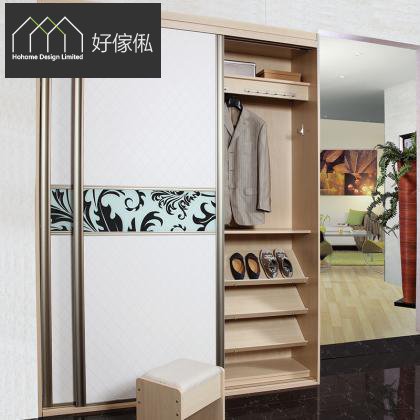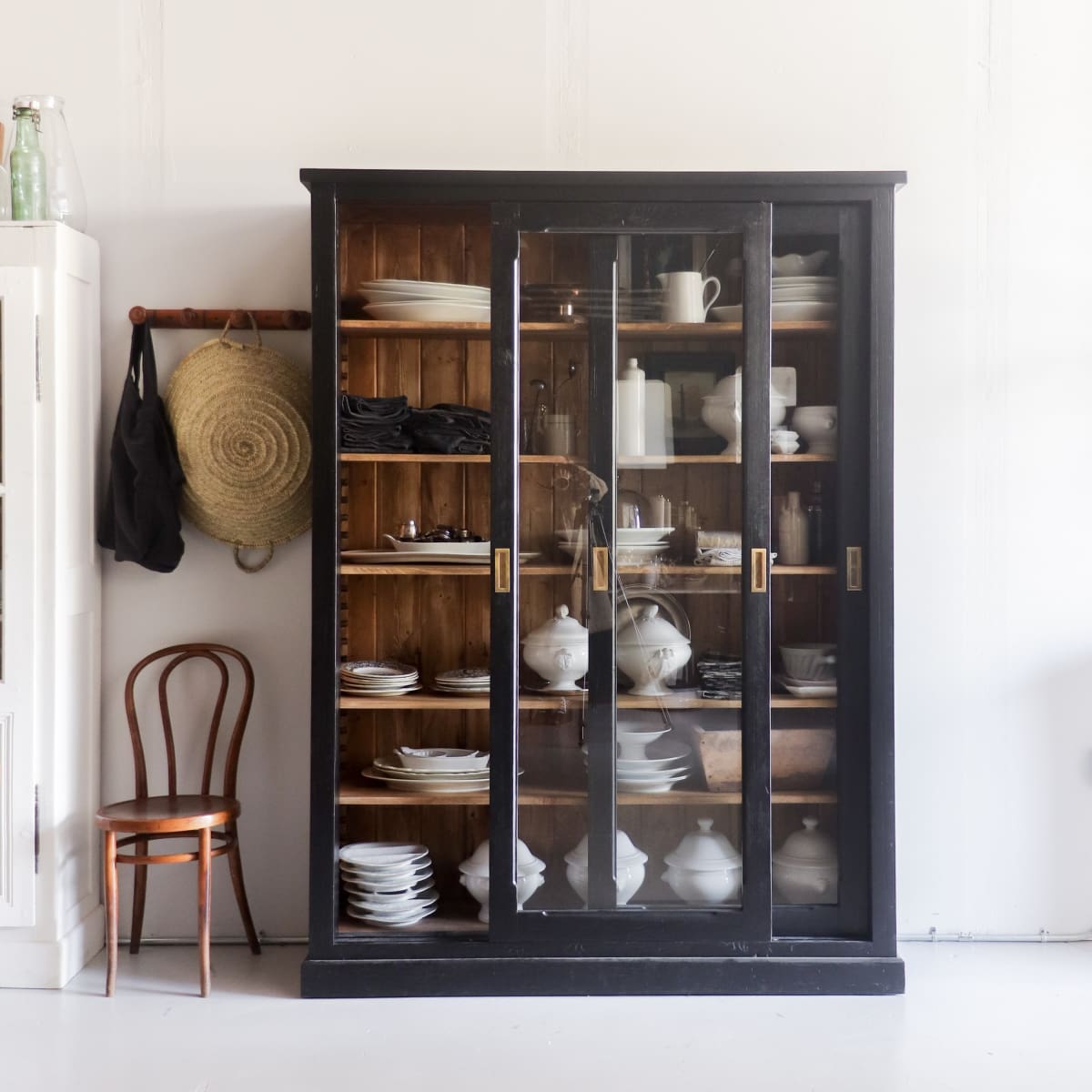All Categories
Featured
In home design, door placement often takes a backseat to larger architectural choices, yet it plays a crucial duty fit how a residence functions and really feels. Appropriate door placing makes sure that areas are reliable, aesthetically pleasing, and helpful to a comfy way of life. Here's an in-depth look at the scientific research behind door placement and why it deserves more attention in the layout process.
Doors are the gateways that attach one space to another, and their positioning needs to promote smooth motion throughout the home.
Key Considerations:
Rational Pathways: Placement doors to align with all-natural website traffic patterns. A kitchen area door must offer straight accessibility to the eating location to improve daily regimens.
Lessening Obstacles: Stay clear of putting doors where furniture or structural aspects could obstruct their swing or produce bottlenecks.
Transitions: Use doorways to note changes between public and exclusive areas, such as corridors leading to rooms.
The positioning of doors can dramatically affect just how light and air flow within a home, adding to its general setting and energy efficiency.
Positioning Strategies:
Cross-Ventilation: Area doors contrary home windows or other openings to promote air movement, specifically in cozy climates.
Sunlight Optimization: Take into consideration the alignment of exterior doors to capture morning or afternoon light, lightening up interiors normally.
Glass Doors: Make Use Of doors with glass inserts to permit light to filter via, improving illumination in adjacent spaces.
Strategic door positioning is necessary for maintaining privacy in crucial areas without endangering availability.
Finest Practices:
Bedrooms and Bathrooms: Setting these doors away from high-traffic zones like living rooms or kitchen areas to create a sense of hideaway.
Visitor Areas: For homes with guest collections, doors must supply both very easy access and personal privacy for site visitors.
Key Entryway: The front door ought to provide straight access to typical areas without disclosing excessive of the home's interior.
Beyond functionality, doors play a significant duty in the aesthetic coherence of an area. Their placement and layout should enhance the home's visual allure.
Layout Tips:
Proportion and Equilibrium: Straighten doors symmetrically in common spaces like corridors to create a feeling of order.
Focal Points: Use grand access doors or one-of-a-kind styles as visual highlights.
Consistency: Match door designs and finishes across the home for a natural appearance.
Door placement can influence a home's power effectiveness by regulating warmth circulation and insulation.
![]()
Energy-Saving Methods:
Insulated Doors: Use well-insulated outside doors to minimize energy loss.
Wind Protection: Position main doors far from dominating wind instructions or utilize vestibules to lessen drafts.
Zoning: Use doors to section off locations of the home for targeted heating or cooling.
![]()
In numerous societies, the placement of doors carries symbolic significance and can affect just how a home is perceived.
Examples:
Feng Shui: In this custom, the front door's placement affects the flow of "chi" or power, with guidelines emphasizing openness and balance.
![]()
Directional Positioning: In Vastu Shastra, an old Indian style ideology, door positioning is thought to influence success and harmony.
Entry Statements: Grand entrances or intricately made doors can indicate heat and hospitality.
Last Ideas
Door positioning is both an art and a scientific research. When planned appropriately, doors become much more than simply entrance factors; they form the entire living experience.
- Enhancing Spatial Circulation
Doors are the gateways that attach one space to another, and their positioning needs to promote smooth motion throughout the home.
Key Considerations:
Rational Pathways: Placement doors to align with all-natural website traffic patterns. A kitchen area door must offer straight accessibility to the eating location to improve daily regimens.
Lessening Obstacles: Stay clear of putting doors where furniture or structural aspects could obstruct their swing or produce bottlenecks.
Transitions: Use doorways to note changes between public and exclusive areas, such as corridors leading to rooms.
- Taking Full Advantage Of Natural Light and Ventilation
The positioning of doors can dramatically affect just how light and air flow within a home, adding to its general setting and energy efficiency.
Positioning Strategies:
Cross-Ventilation: Area doors contrary home windows or other openings to promote air movement, specifically in cozy climates.
Sunlight Optimization: Take into consideration the alignment of exterior doors to capture morning or afternoon light, lightening up interiors normally.
Glass Doors: Make Use Of doors with glass inserts to permit light to filter via, improving illumination in adjacent spaces.
- Balancing Personal Privacy and Ease Of Access
Strategic door positioning is necessary for maintaining privacy in crucial areas without endangering availability.
Finest Practices:
Bedrooms and Bathrooms: Setting these doors away from high-traffic zones like living rooms or kitchen areas to create a sense of hideaway.
Visitor Areas: For homes with guest collections, doors must supply both very easy access and personal privacy for site visitors.
Key Entryway: The front door ought to provide straight access to typical areas without disclosing excessive of the home's interior.
- Aesthetic Integration
Beyond functionality, doors play a significant duty in the aesthetic coherence of an area. Their placement and layout should enhance the home's visual allure.
Layout Tips:
Proportion and Equilibrium: Straighten doors symmetrically in common spaces like corridors to create a feeling of order.
Focal Points: Use grand access doors or one-of-a-kind styles as visual highlights.
Consistency: Match door designs and finishes across the home for a natural appearance.
- Energy Effectiveness Factors To Consider
Door placement can influence a home's power effectiveness by regulating warmth circulation and insulation.

Energy-Saving Methods:
Insulated Doors: Use well-insulated outside doors to minimize energy loss.
Wind Protection: Position main doors far from dominating wind instructions or utilize vestibules to lessen drafts.
Zoning: Use doors to section off locations of the home for targeted heating or cooling.

- Symbolic and cultural Influences
In numerous societies, the placement of doors carries symbolic significance and can affect just how a home is perceived.
Examples:
Feng Shui: In this custom, the front door's placement affects the flow of "chi" or power, with guidelines emphasizing openness and balance.

Directional Positioning: In Vastu Shastra, an old Indian style ideology, door positioning is thought to influence success and harmony.
Entry Statements: Grand entrances or intricately made doors can indicate heat and hospitality.
Last Ideas
Door positioning is both an art and a scientific research. When planned appropriately, doors become much more than simply entrance factors; they form the entire living experience.
Latest Posts
Take Advantage of Limited-Time Auto Repair Deals in Chicago at Montclare Auto Repair
Published May 28, 25
1 min read
Improve Your Home's Outside with Weathercraft's Siding Solutions
Published May 27, 25
1 min read
Unlock Your Financial Partner at WyHy – Key Advantages for Your Financial Success
Published May 25, 25
1 min read
More
Latest Posts
Take Advantage of Limited-Time Auto Repair Deals in Chicago at Montclare Auto Repair
Published May 28, 25
1 min read
Improve Your Home's Outside with Weathercraft's Siding Solutions
Published May 27, 25
1 min read
Unlock Your Financial Partner at WyHy – Key Advantages for Your Financial Success
Published May 25, 25
1 min read